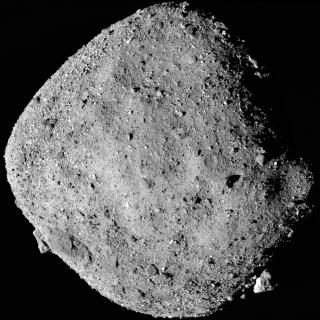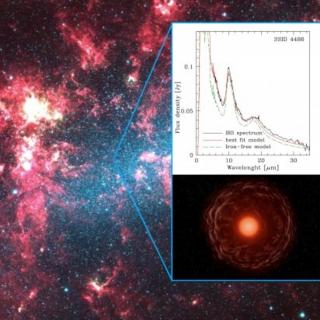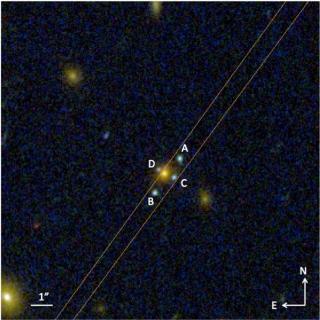
Antonia Varela, Marisa Tejedor, Carolina Martínez and Teresa Giráldez are given distinctions in an institutional act commemorating Women’s Day.
Advertised on
This section includes scientific and technological news from the IAC and its Observatories, as well as press releases on scientific and technological results, astronomical events, educational projects, outreach activities and institutional events.





